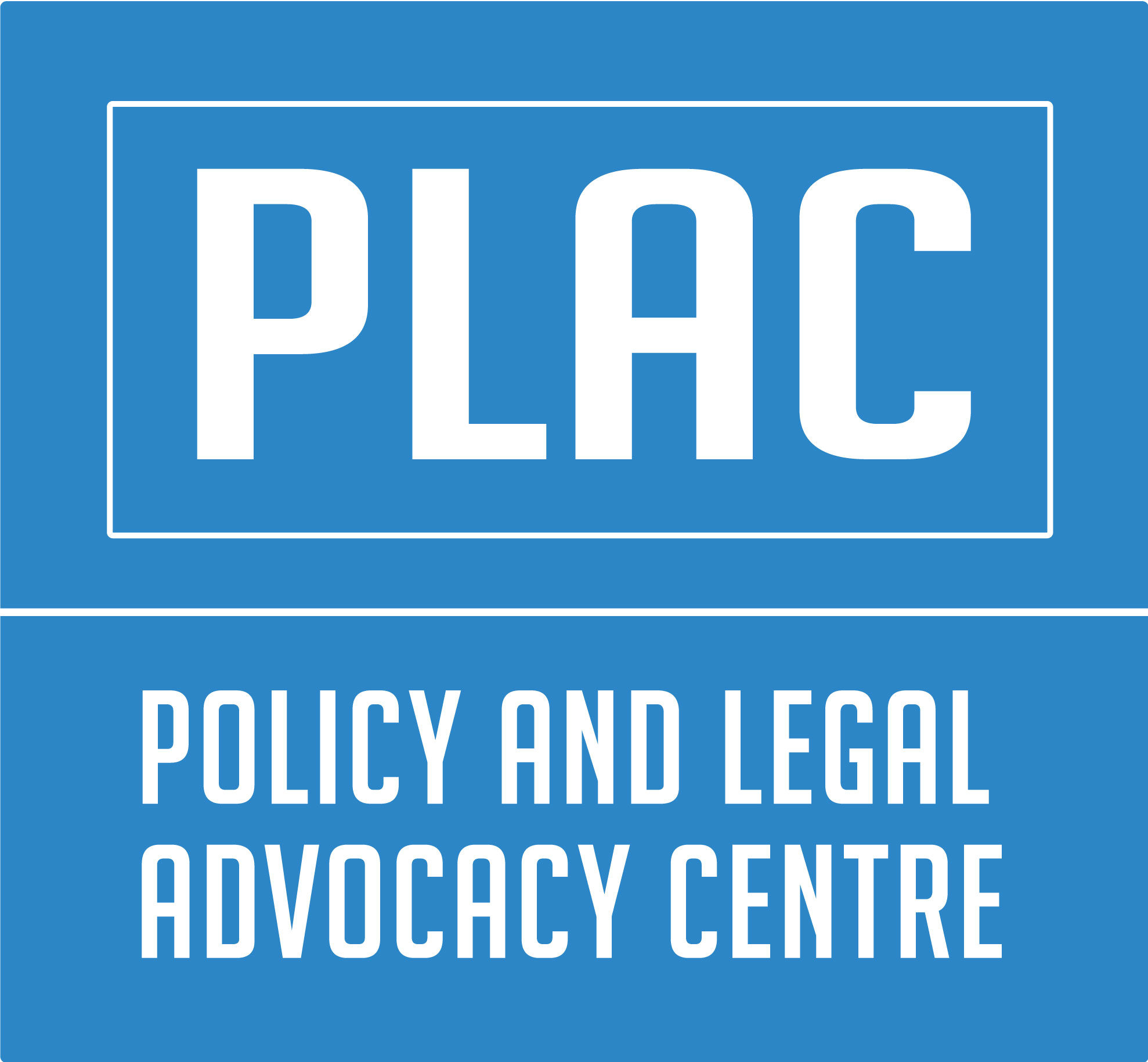Under the Nigerian Constitution, elected officials including the President, Vice President, Governors, Deputy Governors are not subject to recall. The Constitution stipulates a process for their impeachment by the legislative arm of government, while State laws provide the procedure for the impeachment of Local Government Chairmen and Vice Chairmen. Under the Constitution, these elected officials may be impeached under procedures that are well articulated and spelt out.
The challenge however comes with the removal of legislators. In this analysis, PLAC is reviewing the current state of affairs regarding the recall of an elected member of the National Assembly, a State House of Assembly or a member of an Area Council of the Federal Capital Territory (FCT) . The Constitution makes provisions for the recall of members of the National Assembly and State Houses of Assembly in sections 69 and 110, respectively. Implementation however is where the problem lies and there has not been a single case since 1999 (25 years and counting) where a legislator has successfully been recalled under the Constitution. The right to recall an elected legislator is one of the cornerstones of democratic governance, empowering constituents to hold their representatives accountable.
Section 69 provides that:
A member of the Senate or of the House Representatives may be recalled as such a member if:
- there is presented to the Chairman of the Independent National Electoral Commission a petition in that behalf signed by more than one-half of the persons registered to vote in that member’s constituency alleging their loss of confidence in that member and which signatures are duly verified by the Independent National Electoral Commission; and
(b) the petition is thereafter, in a referendum conducted by the Independent National Electoral Commission within ninety days of the date of receipt of the petition, approved by a simple majority of the votes of the persons registered to vote in that member’s constituency.
Section 110 of the Constitution makes a similar provision with respect to the recall of a member of the State House of Assembly. These sections of the Constitution were amended in 2010 to include the words, “…and which signatures are duly verified by the Independent National Electoral Commission”. This amendment adds a layer to the recall process by requiring that the signatures of the petitioners must be verified. The initial provision which did not include this phrase was loose, necessitating an amendment. However, it will seem that legislators were much more concerned about increasing the impossibility of their recall by adding the clause that requires verification of petitioners’ signatures.
The Electoral Act in section 2 (c) also empowers INEC to conduct any referendum required under the Constitution while section 113 of the Act provides for the recall of a member of an Area Council of the FCT by a similar provision stipulated in the Constitution.
The recall process in Nigeria can be segmented into three main parts – submission of a petition signed by more than 50% of registered voters in the legislator’s constituency, verification of the signatures by INEC and the conduct of a referendum. While the process appears straightforward in theory, these provisions present significant challenges that make recalling a legislator in Nigeria almost impossible in practice.
Although INEC has come up with Guidelines detailing the procedure for recall of elected legislators, it is unclear how this will achieve the removal of ineffective or failing legislators in practical terms. A cursory look at these Guidelines reveals that upon receipt of a petition from constituents by INEC, an exercise for verification of petitioners’ signatures and a referendum will hold. The processes for the two exercises are akin to the conduct of an election.
To further breakdown the elements for a recall, a petition signed by more than 50% of registered voters in
a constituency is a
daunting requirement. In a country like Nigeria, where voter apathy is common and turnout in
elections is often low, gathering such a large number of signatures can be extraordinarily
difficult. For context, in many
constituencies, the number of registered voters can range from a few
thousands to tens of thousands or more. Mobilising half
of that population, especially outside of an election cycle, poses logistical
and financial challenges.
Moreover, the Nigerian voter registration process is fraught with inaccuracies and incomplete data, which further complicates the signature collection process. Many registered voters may have relocated, lost their voting cards, or may simply be unavailable to participate in a recall process.
Assuming that INEC successfully verifies the signatures of all petitioners, the conduct of a referendum introduces yet another hurdle in the process. Getting the majority of registered voters to participate in a referendum, let alone vote in favor of a recall, is a significant challenge. In the 2023 general elections, for instance, voter turnout was only around 27%. It is unlikely that a recall referendum would see significantly higher participation.
Given that in elections, not up to 50% of registered voters elect their legislators, why is there such a high threshold to recall them?
It is not clear why the Constitution calls for a referendum to vote for the recall by a simple majority (more than 50%) of registered voters where the petition that initiates the recall process is required to have been signed by the same proportion of registered voters in the Constituency and verified by INEC. Since the signing of the petition and the referendum have the same threshold –why can the requisite number of petitioners not suffice as voting for a recall if their signatures are successfully verified? Better still, the proportion of registered voters required to sign a petition should be significantly reduced.
Recall mechanisms for legislators exist in some presidential systems. However, the practice is much more common at the local or regional level in most countries. In countries with parliamentary systems of government, the recall of elected representatives is less common than in presidential systems.
Juxtaposing the recall process in Nigeria to what is obtainable in the popular United States democracy, the Constitution does not allow for the recall of members of the US Congress. However, the laws of various States allow for elected officials, including State level legislators to be recalled. While widely recognised, it is not universally available across the country, as only 19 States have provisions for recall. The grounds for recalling a legislator vary depending on State lawa. Generally, the recall process includes several common steps such as filing a petition, verification of petitioners’ signatures and a recall election. Notably, the proportion of signatures required on a petition ranges from 10% to 25% of the number of voters who participated in the previous election for the office in question while the recall election requires a simple majority of voters registered voters in the constituency or district in question, to be successful. The low threshold of signatures required to file a petition makes it somewhat easier to both gather signatures for a petition to kickstart the process, as well as verify the signatures, leaving the simple majority threshold for the recall election as the uphill task in the process.
Another example of a presidential system with a recall process is Venezuela which has one of the most notable recall processes for legislators, as well as the President. The Venezuelan Constitution allows for recall of any elected official, including members of the National Assembly. The recall process can be initiated by a petition signed by 20% of registered voters in the constituency of the legislator or official sought to be recalled, with a simple majority required at the recall election to remove the legislator or official.
Parliamentary systems that provide for the recall of legislators include Canada, United Kingdom, India, among others. In parliamentary systems, the recall mechanism is generally more limited, and in some cases, tied to specific misconduct or criminal behavior as obtains in the UK for recall of Members of Parliament (MPs). However, in places like India (some States) and British Columbia in Canada, recall may be for more general reasons but is available at the regional or local level and not at the national level.
In the UK, a recall petition can be opened if a MP is convicted of a criminal offence, suspended from the House of Commons for misconduct for at least 10 days or provides a false /misleading expenses claim. If the petition is signed by at least 10% of the registered voters in the MP’s constituency, he or she is removed from office. In British Columbia in Canada, a recall petition signed by at least 40% of registered voters in the electoral district of a Member of the Legislative Assembly (MLA) with the signatures verified, is the requirement to declare the MLA’s seat vacant.
While the legislative recall process differs from place to place, it is important that where it exists, it can be made operational. It appears that the threshold set for the number of petitioners to initiate a recall in Nigeria is quite high in comparison to other jurisdictions.
INEC’s efforts to build on the constitutional provision on recall by providing guidelines for the process may have come to nought owing to the fact that the provisions of the Constitution may be impossible to attain. In a situation where turnout at an election is under 30%, it will almost be impossible to get the numbers of persons required to trigger a recall. Consequently, the recall of a legislator in Nigeria remains largely theoretical and exceedingly difficult to achieve.
Until these constitutional provisions are reformed to make the recall process more accessible, the concept will remain largely symbolic, offering little recourse for constituents dissatisfied with their elected representatives.

